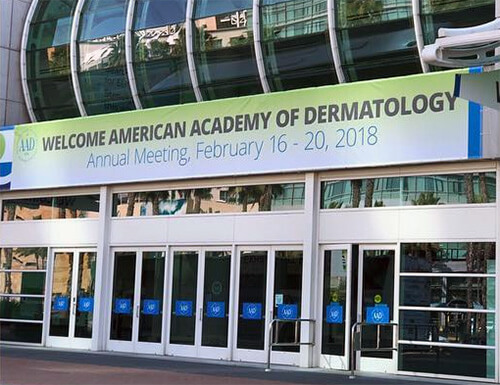 Physicians at the American Academy of Dermatology annual meeting recently discussed new research on rosacea and its treatment.
Physicians at the American Academy of Dermatology annual meeting recently discussed new research on rosacea and its treatment.
Dr. Yolanda Helfrich, associate professor of dermatology at the University of Michigan, provided an overview of new research, including the recently published update to the standard classification and pathophysiology of rosacea, and reviewed the new diagnostic criteria, and briefed physicians on lookalikes to rosacea's redness, including visible blood vessels from sun damage.
Dr. Emil Tanghetti of the Center for Dermatology and Laser Surgery discussed the current options for laser therapy in rosacea. He noted that treatment of redness with lasers or intense pulsed light reliably produces a one grade improvement, but more substantial improvement can be challenging because more vigorous treatment often causes bruising that can last for many days or weeks, resulting in increased recovery time for the patient.
Dr. David E. Cohen, professor of dermatology at the NYU School of Medicine, outlined current understanding of the disease process of rosacea, and commented on the potential role of mast cells, which are more common in skin affected by rosacea than in normal skin. He said some patients may experience flare-ups due to the activation of mast cells, which are located at the interface between the nervous system and vascular system. Recent research found that mast cells play a direct role in the activation of certain types of cathelicidins, an antimicrobial peptide involved in the innate immune response that is over-produced in people with rosacea.